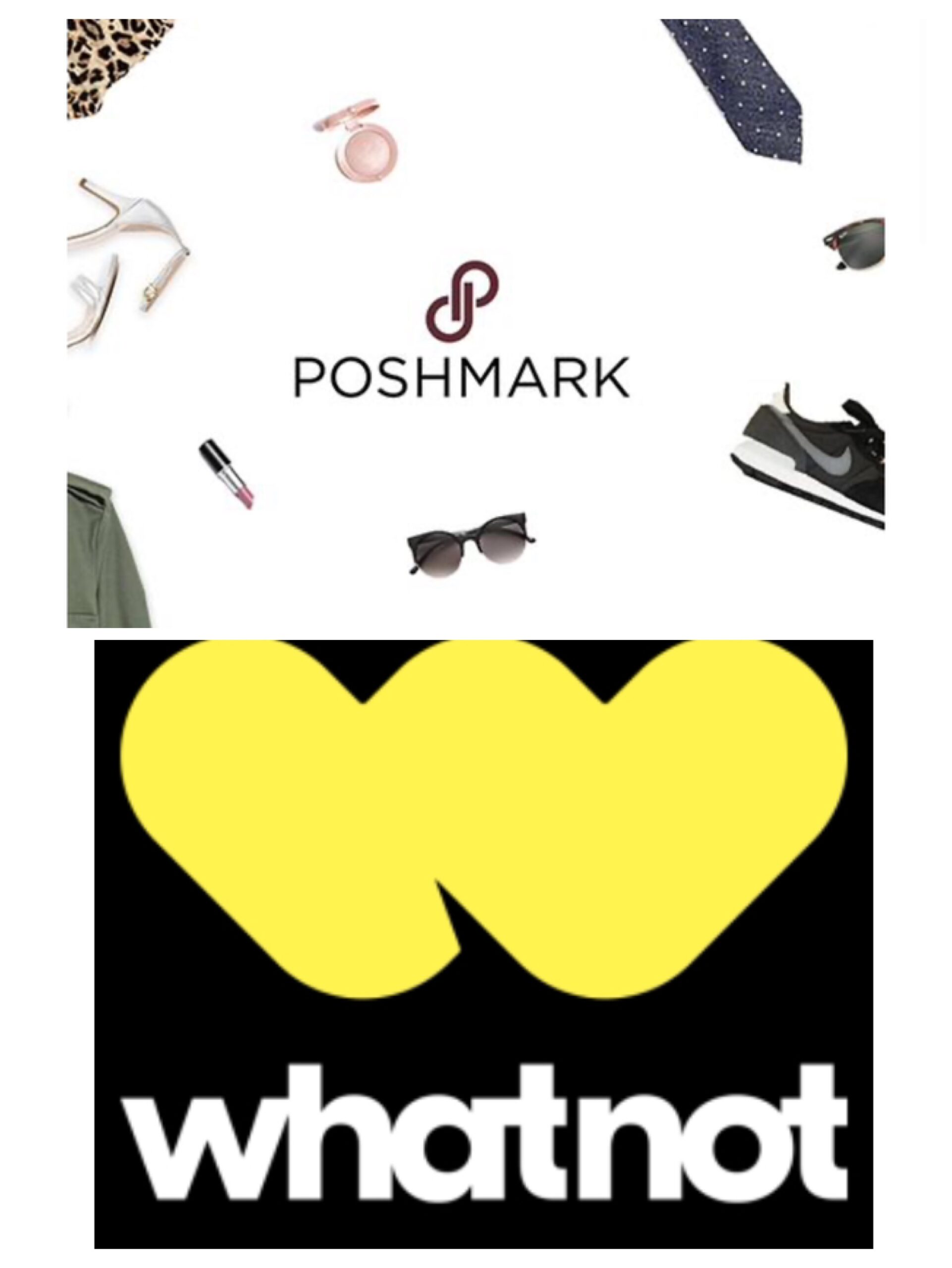SEO for resellers is a crucial strategy in today’s competitive digital landscape, enabling businesses to boost their visibility and attract potential clients effectively. As resellers often operate within niche markets, understanding the specific keywords and phrases that resonate with their target audience is essential. Conducting thorough keyword research can help identify high-traffic terms that align with the products or services they offer, which can then be strategically integrated into website content, product descriptions, and metadata.
Moreover, creating high-quality content is key to building authority and trust with both search engines and customers. Resellers should focus on producing informative blog posts, detailed product guides, and engaging videos that address common pain points faced by their audience. This not only enhances the overall user experience but also encourages backlinks from reputable websites, further bolstering their SEO efforts.
Additionally, ensuring that their website is optimized for mobile devices and that the page loading speeds are fast are fundamental aspects of SEO that resellers must prioritize. As more consumers shop through their smartphones, a mobile-friendly site can significantly impact search engine rankings and user engagement. Utilizing local SEO techniques, such as optimizing Google My Business listings and garnering positive reviews, can also help resellers capture local clientele and stand out in search results.
Finally, analyzing SEO performance through tools like Google Analytics and Search Console can provide invaluable insights into what strategies are working and what areas need improvement. By continuously adapting and enhancing their SEO tactics based on data-driven insights, resellers can create a robust online presence that not only drives traffic but also converts visitors into loyal customers.
#roxiesresale #sellerstips #resellerstips #reselling #reseller #resellercommunity #ebay #resellerlife #resell #ebayseller #poshmark #ebayreseller #thrifting #resellingcommunity #poshmarkseller #resellers #poshmarkcommunity #thrift #fashion #jordan #resellersquad #ebaycommunity #mercari #poshmarkcloset #resellerwelcome #poshmarkreseller #thriftstorefinds #onlineshopping #vintage #thrifter #sneakers #poshboss #shopping









